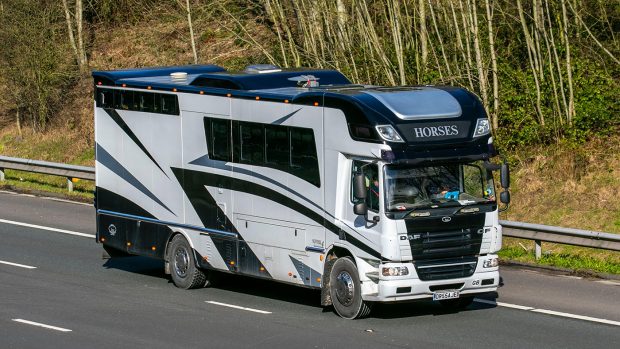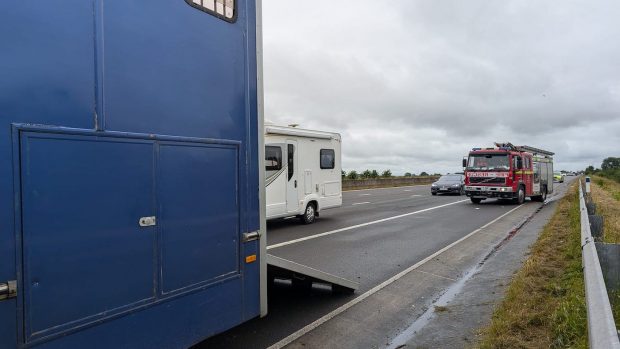Owners have been warned of the risks of unsound horsebox conversions by a specialist who has been “shocked” by the poor quality of some vehicles.
Steve Jebb of Powys Equine Trailer Specialist said the company sees many vans that have been poorly converted into small horseboxes.
He said owners can be distracted by the “pretty paint job” on a horsebox and often safety is overlooked.
“We are constantly shocked by the lack of quality that goes into a conversion of a van for horse transport,” he told H&H.
“It seems quite a few people doing this are not thinking of the consequences of using poor materials in their build, whether this is from a lack of knowledge on best materials to use or if it is just to boost their profit margins, by using cheap materials which are not fit for purpose.
“With no industry standards or government enforcement enforcement of [such standards] in place, just about anybody can build these ‘horseboxes’ and continue to exploit this market where people don’t need to take another test to drive them.”
Mr Jebb highlighted some of the problems he encounters.
He said around 90% of the van conversions they service, inspect or repair do not have a safe bulkhead fitted between the cab and horse area.
“They generally use the existing bulkhead, held in with rivets and the occasional screw or bolt,” he said.
“If you brake hard the horse will come straight through the bulkhead onto your seat.
“You don’t hear about a lot of accidents but when you do they’re horrendous.
“We also find that when a window is fitted in the front bulkhead, it is fitted into an original van bulkhead which is not strong enough in the event of a collision.
“In a collision the window would smash. We’ve had another customer where the window fell out from her horse leaning on it.”
Mr Jebb said there are also often problems with the horse area.
“Builders of a lot of vans are choosing to fit marine ply over the base of the original floor, usually around 12mm thick,” he said.
“Marine ply is super-absorbent and will suck up any horse urine, making it rot prematurely.
“Best practice would be to fit either 18mm phenolic resin plywood or aluminium planking as these have both been manufactured for animal transportation and are more resistant to rotting.”
Side panelling can also be dangerously inadequate.
“Rubber mats on all the sides of the horse area do absorb kicks, but the wood underneath still needs to be fit for purpose,” said Mr Jebb.
“A lot of conversions we see are using 10mm ply on the inner walls of the van, as is used when boarding the back of a van for insulating. This isn’t strong enough to withstand a kick from a horse and also soaks up moisture readily.”
Continued below…

6 things to consider before travelling in the dark with your horse this winter
If you are going to get out and about with your horse this winter, you are likely to be loading

8 (very) unusual uses for your horsebox
Horseboxes don’t come cheap, which is why horse owners are getting creative with ways to make the investment worthwhile, discovers
Horses mounting the breach bar is also a common concern among owners.
“There have been an awful lot of cases of horses mounting the breach bar and getting stuck, then having to be cut free,” said Mr Jebb.
“A cheap and easy fix would be to fit anti-weave grills on van conversions, rendering it almost impossible for the horse to get its legs over the top.”





